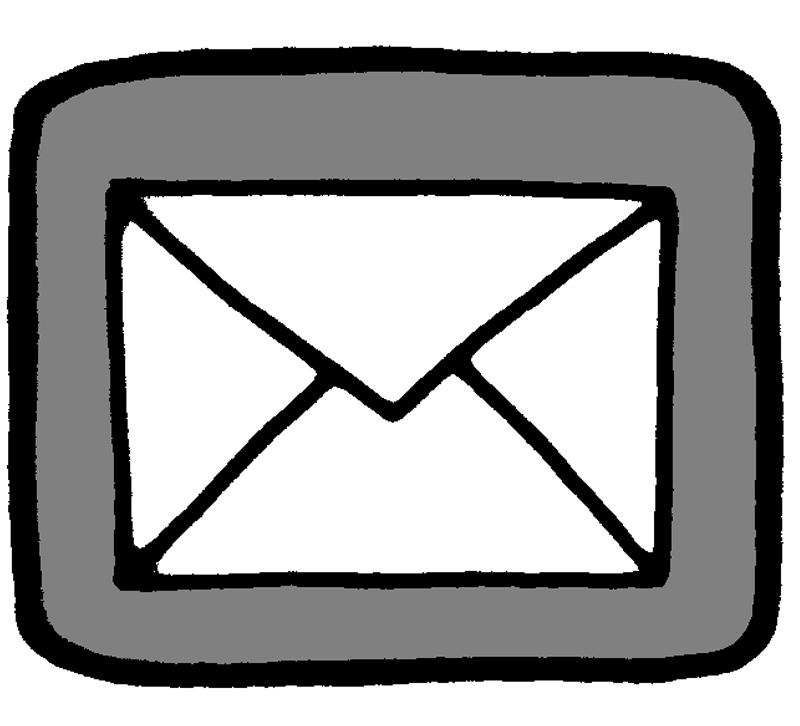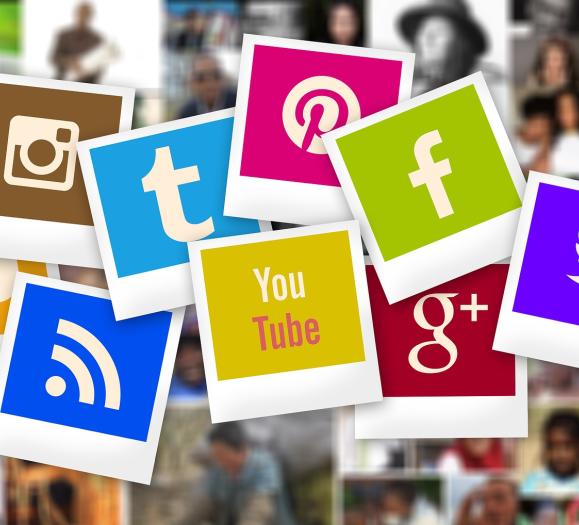The latest research shows that customers want personalization from businesses, but personalization doesn't start when a consumer goes to the lighting or furniture showroom. Now it starts online.
To create a more personalized experience online, email should be your first priority. A personalized email campaign that delivers targeted messages and automated trigger emails shows customers that you're listening and you want to give them information personally relevant to them.
Start personalizing your emails with these four tips.
Use Personalized Sign-up Forms
When a customer signs up to receive your newsletters, what does the form ask for? Probably an email address and maybe a name, right? While customers definitely prefer short forms, asking one easy question can tell you a lot about the people who are receiving your emails and what they want from your business.
When creating your sign-up form for emails, ask just one question: Why are you interested in our store? Then list three or four answer choices with a checkbox consumers can click on to indicate their answers. Your answers might be:
- I'm renovating my home and am interested in new lighting products.
- I want to update a lighting fixture or ceiling fan in my home.
- I just bought a new home and want to update my lighting fixtures.
- I'm interested in smart lighting and connected home products.
- I'm an interior designer.
- I'm a builder or contractor.
Knowing a little more about your customers will help you build more personalized emails that will resonate with customers and give them the information they need to make a smart purchase.
A/B test your customer segments
Now that you know a little more about why your customers are interested in you, you can work on delivering targeted emails at times when it is most convenient for your customers. This is done by A/B testing, or simply testing two similar campaigns with one major difference to see which one customers respond best to. To do this, you might divide your consumer email list and send out the same email at two different times — one time to one half and another time to the other half — to determine which time gets a better open rate.
Marketers use A/B testing to determine the best message and times to reach different segments of their consumer base. If your furniture showroom works with interior designers as well as consumers, then the message that resonates with consumers might not mean much to the designer. Their timings may also be different. Your consumers might check their emails first thing in the morning while the designers wait until lunch or their commute home to look at emails.
Doing A/B testing will help maximize your email marketing efforts by showing a personalized message to your consumers at their convenience. You'll see higher open rates and click-through rates if you can deliver the right message at the right time.
Add a name to your emails
The easiest way to personalize your email marketing campaigns is to simply use the name of your customers in the subject line or introduction of the email. No more "Dear Subscriber" or "Hello Valued Customer."
This may seem small, but research shows that adding a person's name to an email increases the email's open rate from 5.8 percent to 7 percent, according to the 2014 Science of Email Marketing report.
Most email systems offer ways to add the customer's name either to the subject line or to the first line or the email. Both can be effective, but remember, hackers often use names in subject lines, so test out subject lines and see if customers respond. Compare your subject-line open rates with first-line open rates to see which one performs better.
Created Automated Trigger Emails
Let's say a customer browses your website and puts an accent table in the cart. Then, for whatever reason, the customer leaves your website and never completes the purchase. If you have an automated trigger email that goes out after the customer leaves the page, then you have the chance to save the sale and convert a browser to a lifelong customer.
Think of automated trigger emails as a virtual sales assistant, delivering a personalized experience based on the actions of the consumer. When the consumer signs up for your newsletters, an automated email welcomes them. When a customer browses your site and clicks on a product, an automated email featuring that product and several other similar products goes straight to the customer.
Each touchpoint is like a sales associate in the store, welcoming the customer, making recommendations and offering to help with check out. In fact, customers seem to prefer these gentle reminders. According to Kissmetrics, automated trigger emails have a 152 percent higher open rate than traditional emails. You can set up automated emails through your marketing automation platform.
Like most shopping nowadays, personalization begins online. If you begin to personalize the customer experience through email, then customers will feel more invested in your business and more likely to return.
How are you personalizing your email strategy? Share your thoughts with us in the comments!
Photo: Jurgen Appelo via Flickr







